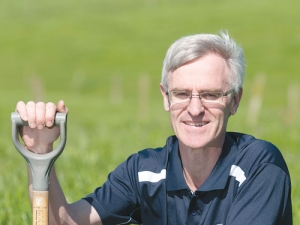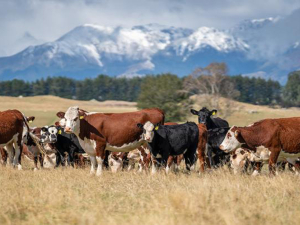New Zealand's shift from a pasture-based model to high feed-input dairy farms will come under the microscope in a joint research project.
The two year project, led by AgResearch's Dr Stewart Ledgard, will use case study farms varying in intensity of feed use to examine effects of their system changes over the last decade on emissions, production and profit, and will test options for improving their sustainability.
"Locally there is strong interest in understanding implications for water quality of dairy intensification through increased use of supplementary feeds and how effects can be minimised; and internationally there is a desire for food products to be produced with efficient use of resources and reduced wider environmental impacts," says Ledgard.
"This project will apply a mix of regional and international market related methods."
The project also involves Ballance Agri-Nutrients, AgResearch, DairyNZ and Tatua, in partnership with the Government's Sustainable Farming Fund initiative.
Ballance science extension manager Ian Tarbotton says the industry recognises the rise in high feed-input farms in the past 10 years, but there is no holistic approach to determine when the higher-input system has an adverse impact on the farm business and beyond.
"This project... will evaluate the whole farming system, accounting for all land and brought-in feed through to water quality and energy use.
"We will be able to help farmers with nutrient use efficiency and farm system monitoring through increased farmer awareness of the hot-spots for nutrient losses."
Tarbotton says that over the last decade dairying has changed, seeing larger average herd sizes, higher milk production and stocking rates and a rise in land prices and farm debt.
While different studies had been done, few have looked at the economic and wider environmental impacts or taken a whole-of-farm view.
"Future farm systems will have different monitoring, metrics and thresholds for onfarm decision making. New indices will come from this research such as water use/kgMS or nitrogen leached by profit level.
"Farmers will be able to rely on better evidence-based scientific information to drive their farm decisions rather than defaulting to routine decision making.
"Farmers need insight into the implications of environmental policies on water and nutrient loss to ensure their increase in feed doesn't push them outside these limits."


















